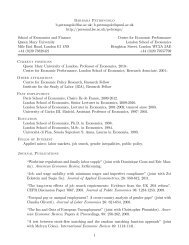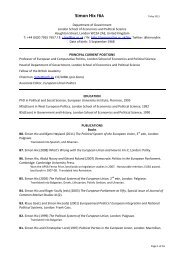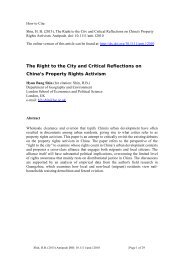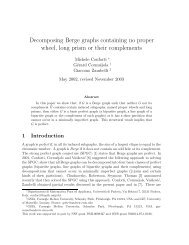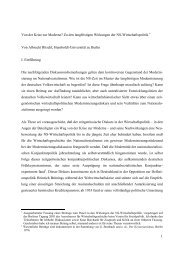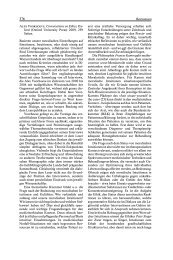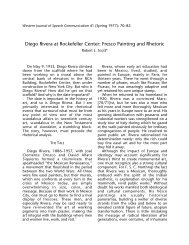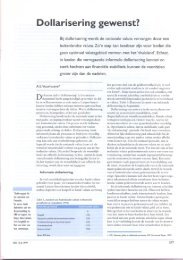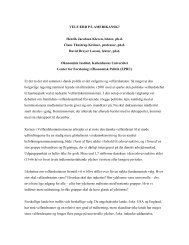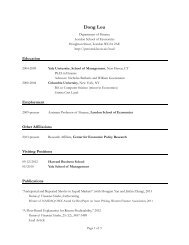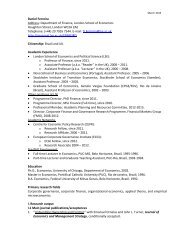Reference: MA, Debin. “The Great Silk Exchange: How the World ...
Reference: MA, Debin. “The Great Silk Exchange: How the World ...
Reference: MA, Debin. “The Great Silk Exchange: How the World ...
You also want an ePaper? Increase the reach of your titles
YUMPU automatically turns print PDFs into web optimized ePapers that Google loves.
<strong>Silk</strong> Road: <strong>the</strong> overland system<br />
The Road: its beginning and consolidation<br />
Sericulture and silk weaving had been established in <strong>the</strong> Yellow River and Yangtze River<br />
areas of China thousands of years before Christ. Production of silk started in China between<br />
perhaps 5000 and 3000 BC (Fan and Wen 1993: 2). This great Chinese invention began<br />
with <strong>the</strong> ingenious discovery of reeling silk threads off wild silkworm cocoons, followed by<br />
<strong>the</strong> conscious domestication of silkworms. The making of silk could be roughly divided<br />
into three main stages. Sericulture denotes <strong>the</strong> process of planting mulberry trees, feeding<br />
silkworms, and subsequently collecting cocoons spun by <strong>the</strong> silkworms. Then from <strong>the</strong>se<br />
cocoons, farmers could reel off long and continuous threads and wind <strong>the</strong>m onto bobbins to<br />
form <strong>the</strong> so-called raw silk. Finally, raw silk (sometimes after an additional process of<br />
twisting or “throwing”) was left to silk weavers (or knitters) to turn into silk cloth. 1<br />
Although Chinese silk was discovered in Europe as early as 500 BC, well-recorded<br />
trading only started in <strong>the</strong> Han dynasty (202 BC to AD 220). The aggressive sixth<br />
emperor of <strong>the</strong> Han dynasty, Wu-ti, in an imperial effort to expand Chinese territory and<br />
influence, sent out his militiaman Zhang Chien on a mission to explore China’s western<br />
frontier in 138 BC. The knowledge of <strong>the</strong> environment and nomadic tribes and kingdoms<br />
brought back by Zhang Chien aided <strong>the</strong> Chinese conquest of Western Asia (currently <strong>the</strong><br />
XinJiang province of China) around 120 BC. The long existing private silk trade saw its<br />
first boom when <strong>the</strong> western frontier came under <strong>the</strong> control of a single, central,<br />
consolidated power – <strong>the</strong> Western Han dynasty (202 BC – AD 9) (Li, M.W. 1991: 1-15).<br />
According to Joseph Needham (1954: 176, 181), <strong>the</strong> first recorded through caravans from<br />
3



